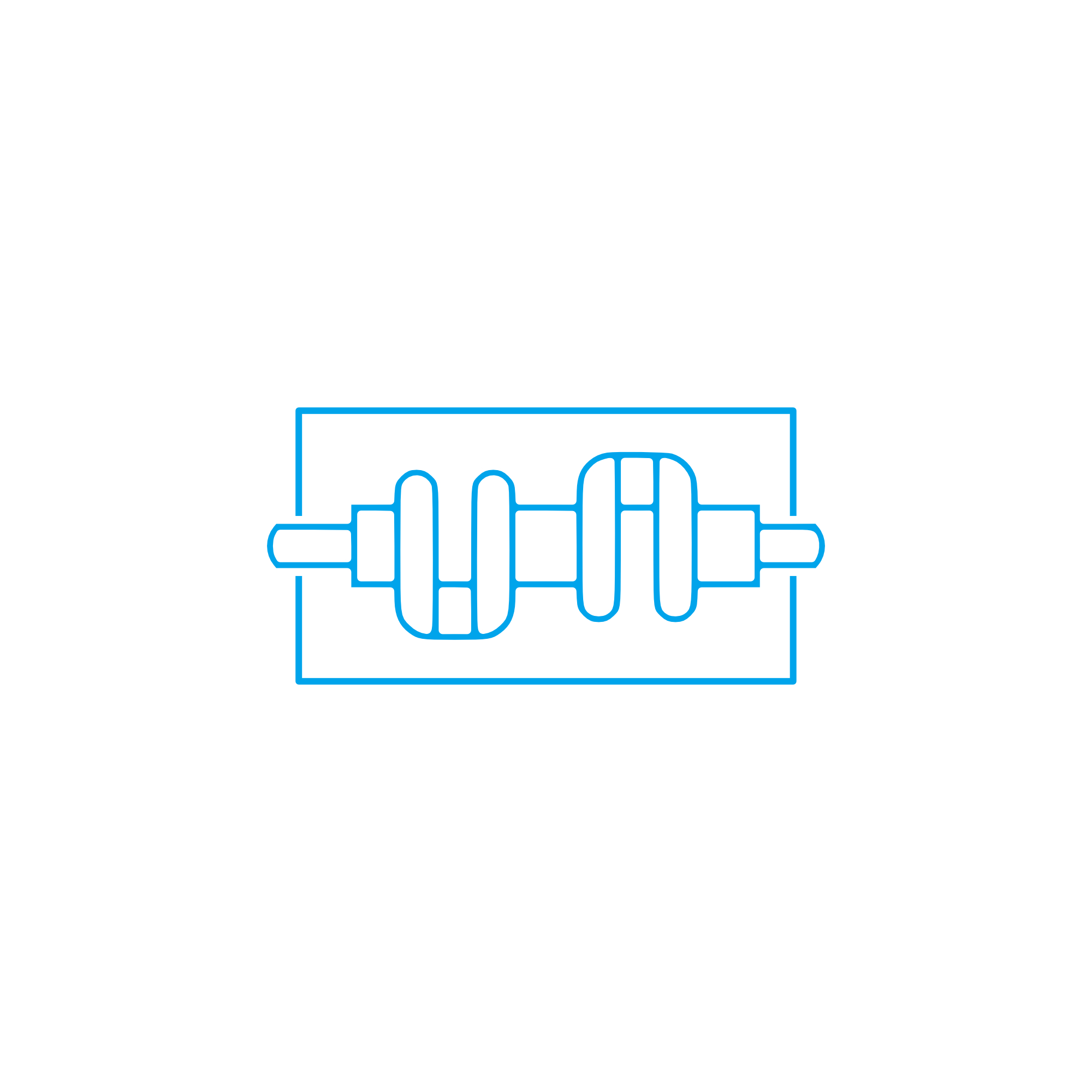BACKLEAKAGE SUMP and Crankcase parts for marine and diesel engines
Crankcase parts form the structural heart and oil-management hub of every reciprocating engine. They enclose and support the crankshaft and main bearings, channel, store, and return lubricating oil, manage blow‑by gases, and integrate safety features that protect the engine and crew. Within this assembly, a BACKLEAKAGE SUMP is a targeted collection and routing feature that captures leakage returns from components and seals, preventing contamination, aeration, and unwanted fluid migration inside the crankcase. For purchasers, shipowners, and technical teams, selecting the right crankcase parts is decisive for uptime, emissions compliance, and lifecycle cost.
In marine and stationary power applications, crankcase components must withstand high cyclic loads, torsional vibration, thermal gradients, and corrosive environments. Precision-machined beds, stiffening ribs, correctly located oil galleries, and robust covers work together to maintain alignment and cleanliness around the rotating assembly. In this context, a BACKLEAKAGE SUMP marine engine configuration helps segregate leak‑off oil or fuel from the main oil volume, protecting bearings and minimizing risk to safety systems.
Technical function of crankcase parts and BACKLEAKAGE SUMP in a diesel engine
Crankcase parts provide the foundation that keeps the rotating group in perfect alignment under load. The bedplate and crankcase housing carry the crankshaft and main bearings; side covers and inspection doors enable access; the oil pan and internal baffles control oil return, de‑aeration, and splash. Windage trays limit parasitic drag, while scrapers and deflectors ensure oil is quickly returned to the sump without entrainment. Integrated channels feed oil to bearings and piston-cooling jets, and breather systems separate and vent blow‑by gases to maintain stable crankcase pressure.
The BACKLEAKAGE SUMP diesel engine solution addresses a specific but critical fluid path: leak‑off flows from injector housings, pump seals, or other interfaces that must be collected and safely routed. By isolating this return from the main lubrication reservoir, the system reduces dilution of lube oil, stabilizes viscosity, and prevents fuel‑oil foaming. This optimizes oil film strength at the bearings, improves heat removal, and stabilizes pressure at the pump inlet, especially during heavy seas or rapid load changes common to marine engine duty cycles. When specified and supplied as BACKLEAKAGE SUMP OEM parts, dimensions and porting align precisely with the engine’s crankcase geometry, ensuring consistent flow and reliable sealing.
- · Structural stiffness preserves bearing alignment under peak cylinder pressures.
- · Controlled oil return and de‑aeration maintain stable pump supply and pressure.
- · Windage control reduces parasitic losses and oil foaming.
- · BACKLEAKAGE SUMP segregates leak‑off flows to protect lube oil quality.
- · Effective crankcase ventilation limits sludge, acids, and corrosion.
- · Safety features (relief doors, flame arrestors) mitigate crankcase overpressure events.
- · Precision sealing and gaskets prevent leakage and contamination ingress.
- · Inspection access supports faster maintenance and condition monitoring.
Importance for engine operation and service life
Reliability and longevity begin in the crankcase. If crankcase parts wear or distort, bearing clearances drift, film thickness collapses, and temperature rises accelerate. Oil leaks at covers or joints reduce system pressure; unplanned aeration can trigger pump cavitation; and contaminated oil undermines anti‑wear additives. A neglected or undersized BACKLEAKAGE SUMP can allow leak‑off fuel to reach the main oil, thinning viscosity and elevating the risk of bearing damage or piston cooling nozzle starvation.
Poor ventilation increases moisture and acid loading, driving varnish formation and corrosion on journals and liners. Clogged baffles or damaged return passages trap oil away from pickup points, causing intermittent pressure alarms during vessel motion. In extreme cases, ineffective relief components may fail to manage internal pressure spikes, increasing the risk of hazardous crankcase incidents. Keeping the crankcase system—including the BACKLEAKAGE SUMP—within specification is therefore essential to safe operation, predictable maintenance intervals, and total cost control.
Advantages of OEM spare parts suitable for crankcase parts and BACKLEAKAGE SUMP
OEM spare parts suitable for crankcase assemblies ensure that mating faces, bore concentricity, and oil passage geometries match the engine builder’s specification. That precision preserves bearing loads, maintains oil flow coefficients, and keeps ventilation and relief setpoints within design limits. For the BACKLEAKAGE SUMP, correct wall thickness, surface finish, and port locations safeguard leak‑off segregation and reliable drainage to the designated tank or recovery circuit.
Using OEM spare parts suitable for crankcase parts supports consistent performance across service intervals. Material selections—castings, forgings, and elastomers—are aligned with thermal cycles and chemical exposure typical of heavy‑fuel and distillate operations. Traceability and documentation streamline compliance with class and ESG reporting. Procurement teams benefit from predictable lead times, assured interchangeability, and minimized installation risk, which directly reduces downtime and protects budgets over the engine lifecycle.
MOPA as your partner for BACKLEAKAGE SUMP and crankcase parts OEM components
MOPA is an experienced and reliable partner for OEM spare parts Crankcase parts. We deliver speed, quality, and security in the trade of OEM parts for diesel and gas engines—covering complete crankcase assemblies, oil pans, baffles, doors, breather equipment, and dedicated BACKLEAKAGE SUMP configurations for marine engine duty. Our team supports precise part identification from engine serials and part numbers, provides documentation and conformity evidence, and coordinates global logistics to keep critical assets running.
BACKLEAKAGE SUMP marine engine supply, documentation, and support
From technical cross‑checks to shipment consolidation, MOPA ensures that every BACKLEAKAGE SUMP OEM parts package integrates cleanly with the existing crankcase architecture. Customers benefit from consistent sealing kits, correct fasteners, and the right coatings for corrosive environments, enabling faster dockyard turnarounds and dependable service outcomes.
Conclusion: crankcase parts and BACKLEAKAGE SUMP in focus
Crankcase parts—supported by a correctly engineered BACKLEAKAGE SUMP—are fundamental to oil control, mechanical alignment, and safety in marine and diesel engines. Choosing OEM spare parts suitable for crankcase components secures performance, reliability, and service life while protecting maintenance budgets and operational schedules.

